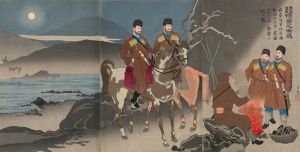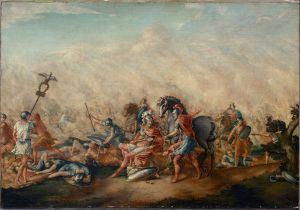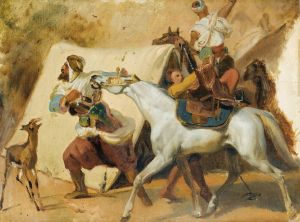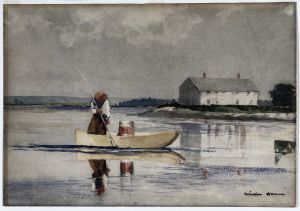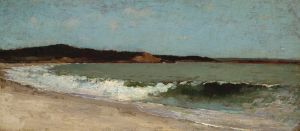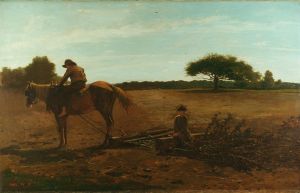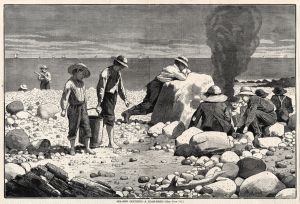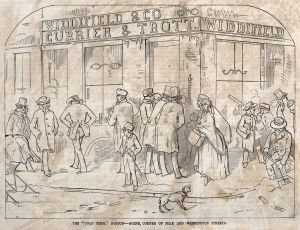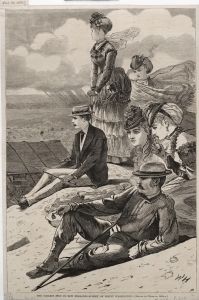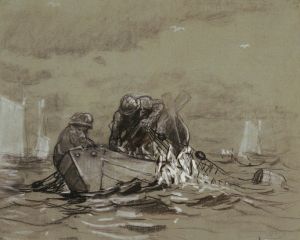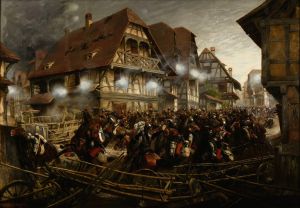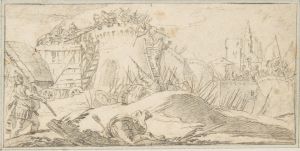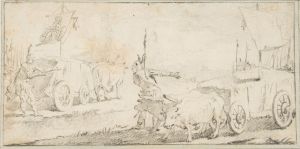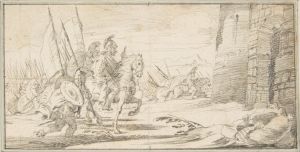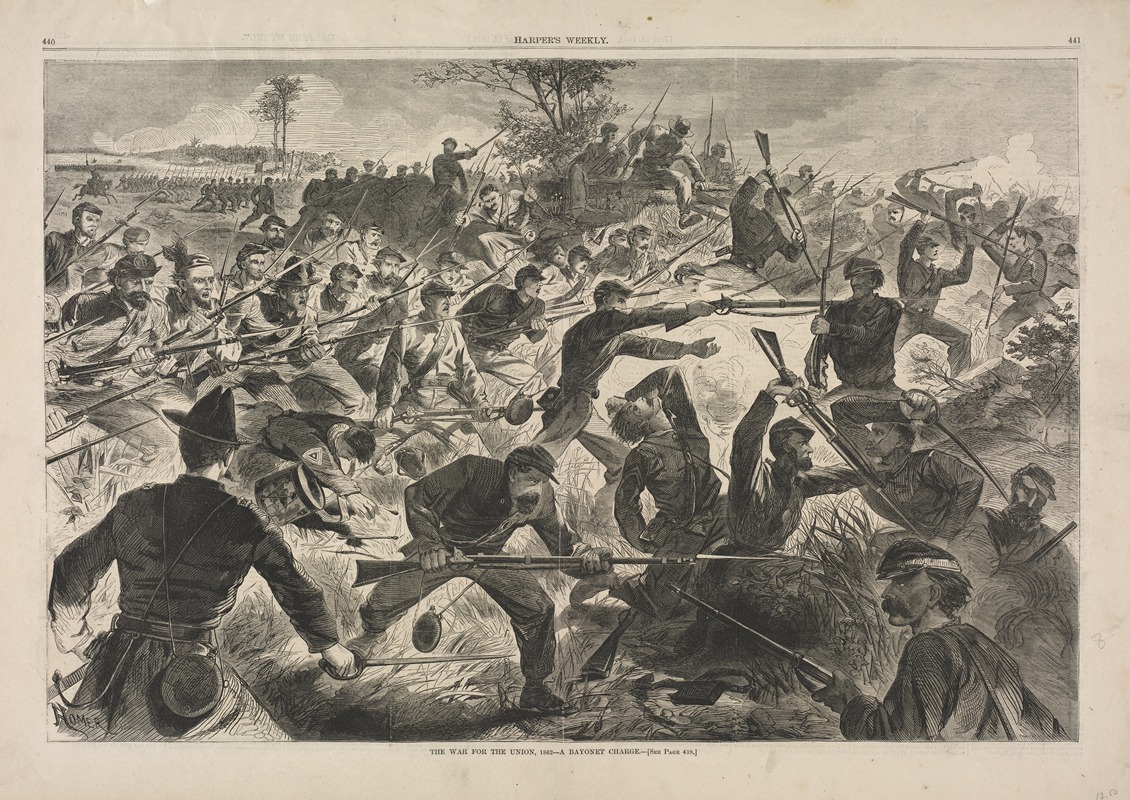
The War for the Union, 1862 – A Bayonet Charge
A hand-painted replica of Winslow Homer’s masterpiece The War for the Union, 1862 – A Bayonet Charge, meticulously crafted by professional artists to capture the true essence of the original. Each piece is created with museum-quality canvas and rare mineral pigments, carefully painted by experienced artists with delicate brushstrokes and rich, layered colors to perfectly recreate the texture of the original artwork. Unlike machine-printed reproductions, this hand-painted version brings the painting to life, infused with the artist’s emotions and skill in every stroke. Whether for personal collection or home decoration, it instantly elevates the artistic atmosphere of any space.
"The War for the Union, 1862 – A Bayonet Charge" is a painting by the American artist Winslow Homer, created during the American Civil War. Winslow Homer (1836–1910) was a prominent figure in 19th-century American art, known for his realistic and dynamic depictions of American life and landscapes. He began his career as a commercial illustrator and later became a painter, renowned for his works that capture the essence of American society and the natural world.
This particular painting is part of a series of works that Homer produced during the Civil War, a period that significantly influenced his artistic development. The Civil War (1861–1865) was a pivotal conflict in United States history, fought between the Northern states (the Union) and the Southern states that seceded to form the Confederacy. The war was primarily over issues of slavery and states' rights, and it resulted in significant social, economic, and political changes in the country.
"The War for the Union, 1862 – A Bayonet Charge" depicts a scene of intense military action, focusing on a bayonet charge, which was a common and brutal tactic used during the war. Bayonet charges involved soldiers fixing bayonets to the ends of their rifles and charging at the enemy, often resulting in close combat. This method was both a psychological and physical tactic, intended to break enemy lines and morale.
Homer's painting captures the chaos and intensity of such a charge, with soldiers in motion, their expressions and movements conveying the urgency and peril of battle. The composition likely emphasizes the physicality and immediacy of war, reflecting Homer's firsthand experiences as an artist-correspondent for Harper's Weekly during the Civil War. His role involved documenting the war through sketches and illustrations, providing the public with visual accounts of the conflict.
The painting is notable for its realism and attention to detail, characteristics that define much of Homer's work. His use of color, light, and shadow contributes to the dramatic effect, highlighting the contrast between the soldiers and the battlefield. Homer's ability to convey emotion and narrative through his art is evident in this piece, as he captures not only the action but also the human experience of war.
Homer's Civil War paintings, including "The War for the Union, 1862 – A Bayonet Charge," are significant for their historical and artistic value. They offer insight into the experiences of soldiers and the realities of war, serving as both artistic expressions and historical documents. These works contribute to our understanding of the Civil War era and the impact it had on American society and culture.
Overall, Winslow Homer's "The War for the Union, 1862 – A Bayonet Charge" stands as a testament to his skill as an artist and his ability to capture the complexities of human conflict through his art. His work continues to be studied and appreciated for its contribution to American art and history.





